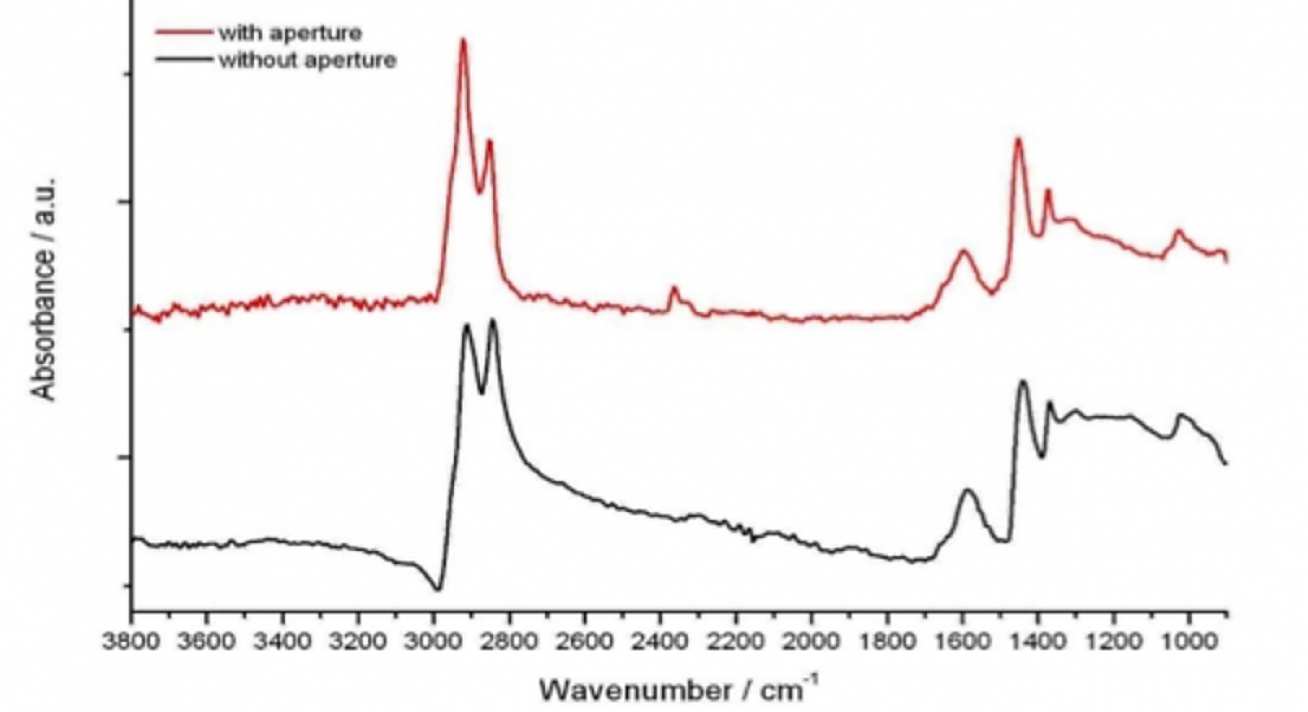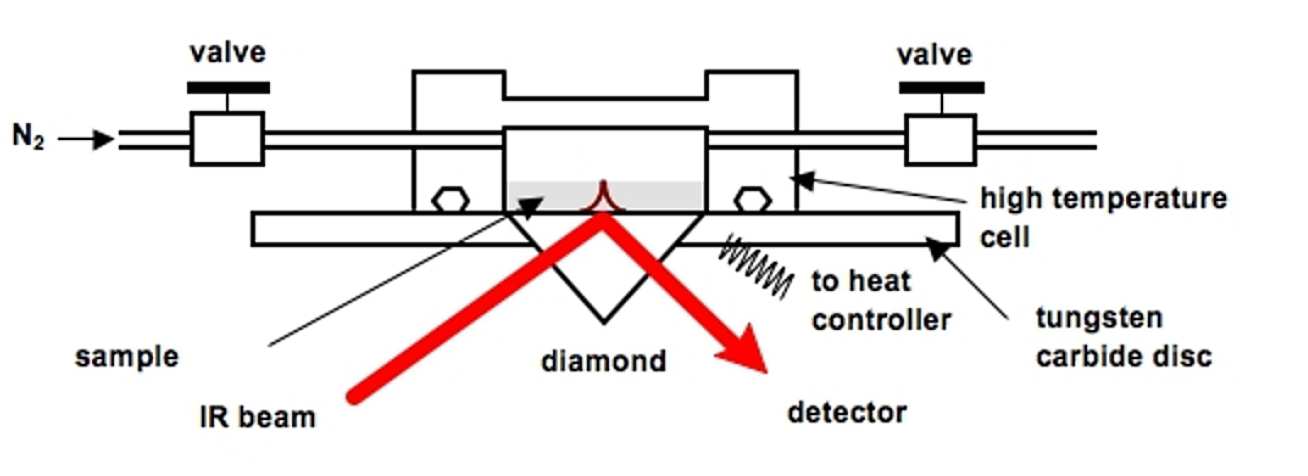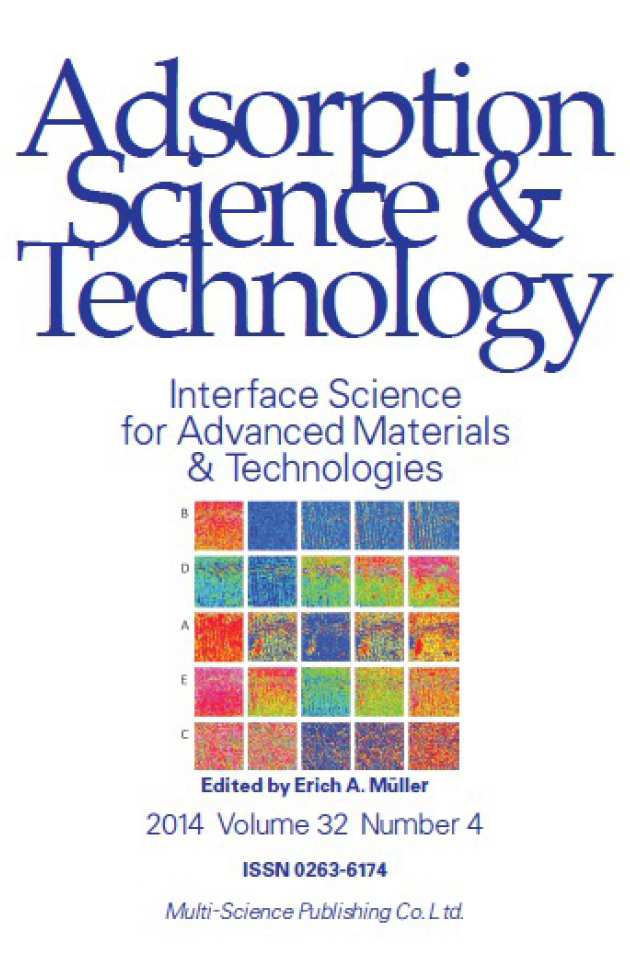Characterisation of Deposited Foulants and Asphaltenes using Advanced Vibrational Spectroscopy
We applied ATR FTIR imaging to the characterisation of fouling deposits and asphaltenes to understand crude oil fouling, a problem which has immense economic and energy implications. Fouling in heat exchangers is a major economic problem and the total cost of all heat exchanger fouling in the UK is of the order of USD$ 2.5 billion and the equivalent cost in America is USD$ 15 billion. Asphaltenes have been closely linked and related to level of fouling in heat exchangers. The magnitude and significance of crude oil fouling have led to a number of studies but the fundamentals of the complex fouling process are not fully understood. Due to the importance and complex nature of the subject, a joint project (CROF) funded by EPSRC, between Imperial College London, University of Bath, University of Cambridge and IHS ESDU is to bring together a wide range of skills and backgrounds needed to address this problem in new ways.
This research (jointly with several other colleagues in the Department) contributed to a $US 10 million international partnership with BP and with Russia via the Skolkovo foundation on improving the energy efficiency and environmental impact of the oil industry. It is estimated that the work of this international consortium will lead to reducing heat loss in oil refining by up to 15% (News Article). We published several joint articles jointly with BP (Energy&Fuels 2014, Energy&Fuels 2015, Adsorption Science and Technology 2014, Journal of Physical Chemistry C 2015).

The overall aim of this research in our group was to improve the understanding of crude oil fouling in heat exchangers by providing information obtained by advanced spectroscopic methods such as FTIR imaging and Raman microspectroscopy.
We have developed a movable aperture to control the angle of incidence in the versatile diamond ATR accessory. This is use to correct the distortion of spectral bands due to the dispersion of the refractive index which allows reliable IR spectral information to be obtained from high refractive index materials. This is particularly useful for the application of ATR-FTIR spectroscopy to materials such as crude oil deposits and asphaltenes which have relatively high refractive indices.
We have also combined the use of macro and micro ATR modes in FTIR imaging to asphaltenes and real crude oil fouling deposits to yield important information about the spatial distribution of different components in these complex materials. ATR-FTIR spectroscopic imaging was also applied in situ to study heating of crude oil. This study has demonstrated that the different mechanisms of deposition; crystallisation fouling, autoxidation/polymerisation fouling and asphaltene deposition in crude oil, can be monitored by combining the macro and micro ATR imaging approaches.


Key References
- Gabrienko A.A., Martyanov O. N., Kazarian S. G. Behavior of Asphaltenes in Crude Oil at High-Pressure CO2 Conditions: an In Situ ATR-FTIR Spectroscopic Imaging Study Energy & Fuels (2016) 30, 4750–4757. (doi)
- Gabrienko A.A., Martyanov O. N., Kazarian S. G Effect of Temperature and Composition on the Stability of Crude Oil Blends Studied with Chemical Imaging In Situ Energy & Fuels (2015) 29, 7114−7123.
- Gabrienko, A.A., Morozov, E., Subramani, V., Martyanov, O. N., Kazarian, S.G., Chemical Visualization of Asphaltenes Aggregation Processes Studied in Situ with ATR-FTIR Spectroscopic Imaging and NMR Imaging Journal of Physical Chemistry C (2015) 119, 2646−2660 (doi)
- Gabrienko A. A, Subramani, V, Martyanov O. N., Kazarian S. G. Correlation between Asphaltene Stability in n-Heptane and Crude Oil Composition revealed with in situ Chemical Imaging Adsorption Science and Technology (2014), 32, 243–255 (doi) (Open Access)
- Gabrienko A. A., Lai, C.H., Kazarian S. G. In situ Chemical Imaging of Asphaltene Precipitation from Crude Oil Induced by n-Heptane Energy and Fuels (2014) 28, 964-971(doi)
- Tay, F. H.; Kazarian, S. G., Study of petroleum heat-exchanger deposits with ATR-FTIR spectroscopic imaging. Energy & Fuels (2009) 23, 4059-4067.
- Chan, K. L. A.; Tay, F. H.; Poulter, G.; Kazarian, S. G., Chemical imaging with variable angles of incidence using a diamond attenuated total reflection accessory. Applied Spectroscopy 2008, 62, (10), 1102-1107.